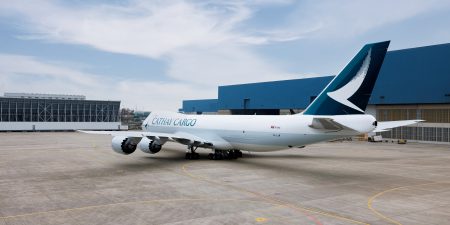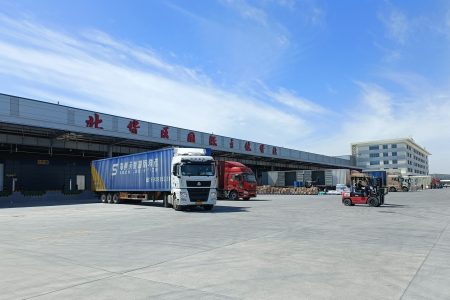When Zhengzhou first joined the Cathay Cargo network 11 years ago, it was known as iPhone City, in recognition of the giant Foxconn plant there. Now under the impetus of the Central Government, it’s pursuing a new name – Memphis.
Well, sort of. The aim is to propel Zhengzhou Xinzheng International Airport into the same league of air cargo hub as Memphis International Airport in the US. Memphis, the second-biggest cargo port in the world by tonnage after Hong Kong, is both an international and domestic air hub, and home to integrator giant FedEx.
That scale matches the plans for the Zhengzhou ‘Aerotopolis’, a 415 square kilometre economic zone that connects manufacturing with the city’s growing transport modes. Along with Foxconn and other IT manufacturing companies, including those specialising in semi-conductors, Zhengzhou is home to BYD Motors, one of the market leaders in electronic vehicles (EVs), and e-commerce giant Pinduoduo (PDD). As industry and the airport have developed, the number of freight forwarders has grown too, with around 300 now operating there.
Growing ambition
As for the airport itself, in 2022, Zhengzhou Xinzheng served around 9 million passengers at its single terminal, the numbers down by nearly half because of pandemic restrictions, but it still handled just over 624,000 tonnes of cargo, using the current two runways and seven cargo terminals. By 2035, Zhengzhou Xinzheng is expected to have five runways, new passenger facilities, and more warehouses across three separate cargo zones, capable of handling five million tonnes of cargo – growth that will further drive Zhengzhou up the Chinese Mainland’s airport rankings and near the top of the global league table.
Cathay Cargo moved into the new North Terminal one year ago. The benefits of the new facility compared with the old were immediately clear, with enough space at the warehouse parking stands to enable nose-loading for the Boeing 747 freighters. The first Cathay Cargo flight from the new terminal left with a 7.2 metre out-of-gauge shipment among its 107 tonnes of cargo, which also included electronic products, clothing, vaccines and fresh produce.
Those last two items are important, explains Cargo Duty Manager Carrie Guan, part of the 10-strong Cathay Cargo team at the site. ‘Now that we have moved to the new terminal, we have access to a much bigger cold room, and we are better set for shipments that require special handling such as pharma and dangerous goods,’ says Guan.
Along with 16 aircraft stands – ‘We can often see the aircraft from our office,’ notes Guan – there are 3,000 square metres of cold chain storage with seven temperature zones. There are special-handling processes for temperature-sensitive shipments and a supportive customs service.



